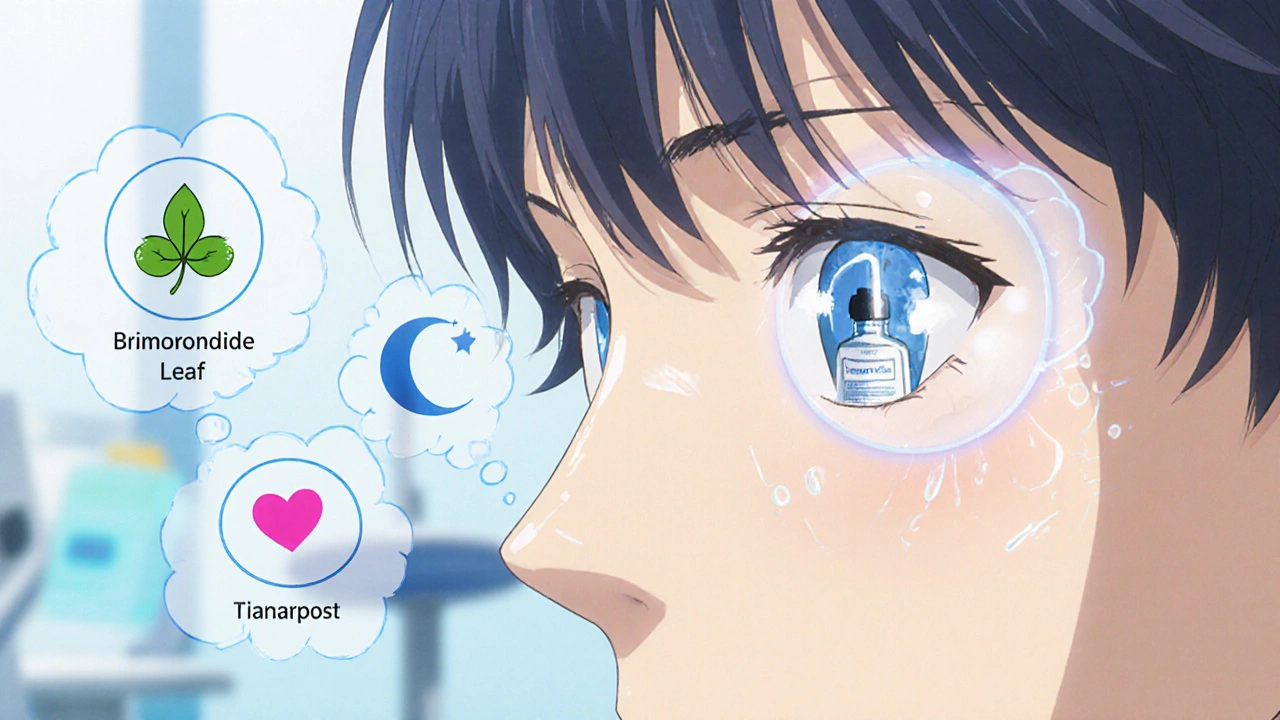Eye Drop Glaucoma: Treatments, Types, and What Actually Works
When it comes to eye drop glaucoma, prescription medications applied directly to the eye to reduce fluid pressure and prevent optic nerve damage. Also known as glaucoma eye drops, these are the first line of defense for millions managing this silent sight-stealer. Glaucoma doesn’t hurt. It doesn’t blur vision until it’s too late. That’s why eye drops aren’t optional—they’re essential. Without them, pressure builds quietly inside the eye, slowly killing nerve cells that connect your vision to your brain.
The most common prostaglandin analogs, a class of eye drops that increase fluid drainage from the eye. Also known as PGAs, they’re often the first prescription because they work well with just one daily drop—usually at night. Examples include latanoprost and bimatoprost. Then there are beta blocker eye drops, medications that reduce the amount of fluid your eye produces. Also known as beta-adrenergic blockers, drugs like timolol are affordable and effective, but they can cause breathing issues in people with asthma or heart conditions. Other options include alpha agonists, carbonic anhydrase inhibitors, and combination drops that mix two mechanisms in one bottle. Each has trade-offs: some cause redness, others leave a bitter taste, and a few might lower your blood pressure more than intended.
What matters most isn’t the brand name—it’s whether your drops actually bring your intraocular pressure, the force of fluid inside the eye measured in millimeters of mercury. Also known as IOP, this number is the only reliable way to track glaucoma progression. Your doctor doesn’t just pick a drop based on cost or habit. They test your pressure, check your nerve health, and watch how your body responds. Some people need two drops. Others need three. A few end up switching after side effects hit. There’s no one-size-fits-all. What works for your neighbor might make your eyes sting or your heart race.
And here’s the truth most don’t tell you: eye drops only work if you use them. Every day. Even when your vision feels fine. Missing a dose lets pressure creep back up. That’s why sticking to a routine—like pairing drops with brushing your teeth—is often more important than the drug itself. If you’re struggling with the cost, the sting, or the forgetfulness, talk to your doctor. There are generics, co-pay cards, and even delivery systems that help you remember. Glaucoma doesn’t wait. But with the right drops and the right habits, you can keep your sight intact for decades.
Below, you’ll find real-world comparisons, side effect breakdowns, and cost-saving tips from people who’ve been there. No fluff. Just what helps—and what doesn’t.
Top Alternatives to Dorzolamide Eye Drops for Glaucoma Treatment
Explore effective alternatives to Dorzolamide eye drops, including brimonidine, timolol, latanoprost, and pilocarpine, with tips on choosing the right option and a handy comparison table.

